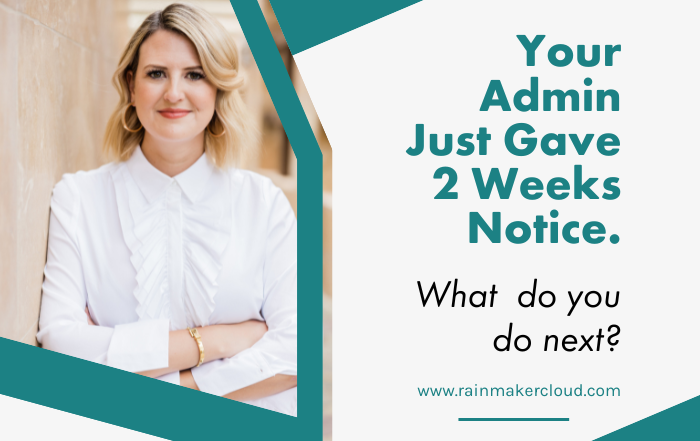Developing an Exit Strategy When Faced with Admin Turnover
Learn eight key things you can do to prepare for and manage admin turnover at your organization, and how to make the next time less impactful.
When your Salesforce Admin leaves, it can feel like the sky is falling. But don’t panic! There are things you can do to lessen the impact of their departure and ensure that business operations continue without a hitch. In this post, we’ll outline 8 steps you can take in the Salesforce Admin’s final 2 weeks to make sure users are taken care of, in-flight projects continue to make progress, and you’re able to hire the right replacement and onboard them as efficiently as possible.
So, without further ado, here are the eight things you should do when your Salesforce Admin gives notice:
1. Don’t waste the two weeks
As soon as you receive notice, start to execute on a strategy that focuses on taking stock of what they’re doing and transferring knowledge. This will help ensure that stakeholder expectations of Salesforce are met after the Admin leaves, and that you have a clear understanding of what needs to be done in order to keep Salesforce running smoothly.
2. Be intentional about divvying up the work
It can be tempting to try and have more people doing smaller jobs in an effort to get everything done with less impact to each person. However, this will often lead to more chaos when the new person joins, as they’ll be trying to figure out who is doing what and where things are at. It’s better to have a few people taking on larger chunks of work so that there is less confusion down the line.
3. Take a look at any in-flight projects to determine the impact of the Salesforce Admin’s departure
Once you’ve got a plan for divvying up the work, take a look at any in-flight projects to determine the impact of the Salesforce Admin’s departure. If there are things that will be impacted, reset expectations with stakeholders accordingly. It’s better to set realistic expectations from the start than to have to go back and adjust later on.
4. Get clear on your job requirements
Now is also a good time to get clear on your job requirements so that you can hire the right person. Salesforce is a complex system, and it’s important to make sure that you’re hiring someone with the right skillset to fill the role. If you’re not sure what you should be looking for, reach out to Salesforce for guidance.
5. Assess your Salesforce system and build a plan
In addition to hiring the right person, you also need to assess your Salesforce system and build a plan to address things that will make onboarding harder. This might include things like customizations or complex workflows, integrations, or custom code that’s been developed. The goal is to identify any potential roadblocks and create a plan to address them before the new person starts.
6. Focus on strategies to upskill
Once you’ve got a plan in place for the Salesforce system, it’s time to turn your attention to ways to upskill, either through hiring or training. If you’re going to be hiring a replacement Salesforce Admin, it’s important to make sure that they have the skills they need to hit the ground running.
7. Consider ways to improve the skills of your existing team
And if you’re not planning on hiring someone new, consider ways to upskill your existing team so that they’re better equipped to handle the Salesforce system.
8. Strengthen your backlog management
Last but not least, don’t forget to strengthen your backlog management. This is especially important if you’re going to be hiring a new Salesforce Admin, as they’ll need to be able to hit the ground running on day one. Make sure that you have a clear understanding of what needs to be done and that you’re prioritizing the most important items.
When your Salesforce Admin leaves, it can feel like the sky is falling. But don’t panic! There are things you can do to lessen the impact of their departure and ensure that business operations continue without a hitch. By following these eight steps, you’ll be in good shape to weather the storm and come out the other side even stronger.
What are your thoughts? Are there any other steps you would add to this list? Share your thoughts in the comments! Or, better yet, visit our website at www.rainmakercloud.com and find out how we can help you innovate your Salesforce and transform your business.






